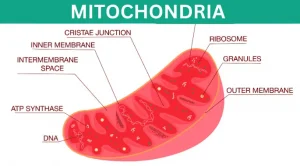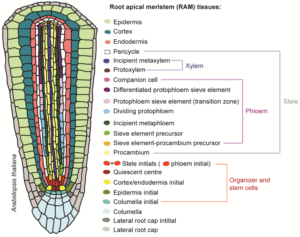Mitochondria – Definition, Function & Structure
The mitochondria (Gr.,mito=thread, chondrion =granle) are filamentous or granular cytoplasmic organelles of all aerobic cells of higher animals and plants and also of certain micro-organisms including Algae, Protozoa and Fungi. These are absent in bacterial cells. They also contain specific … Read more






